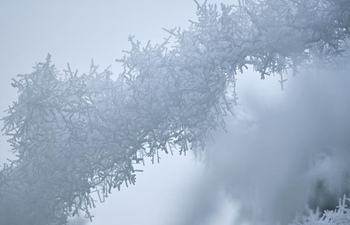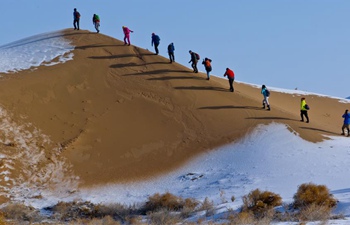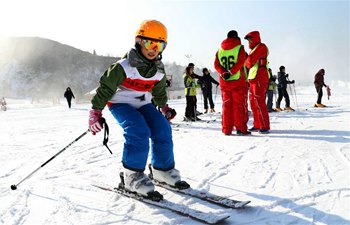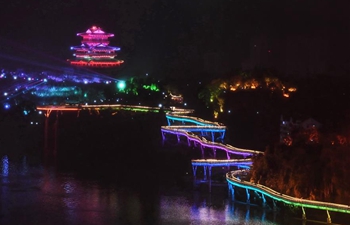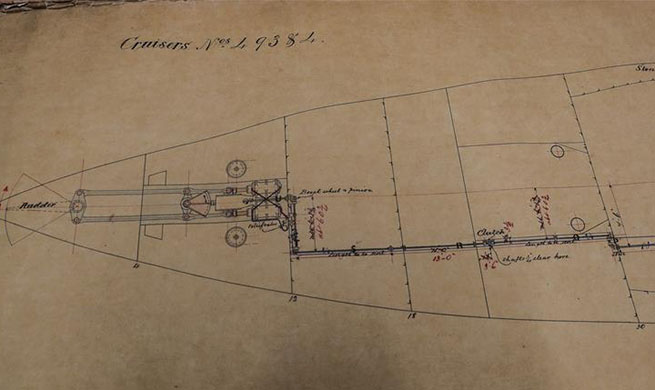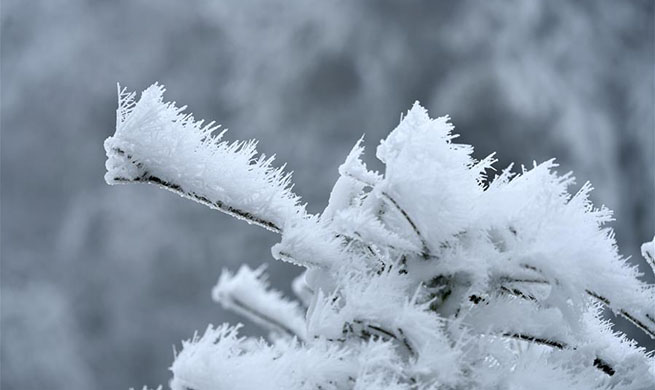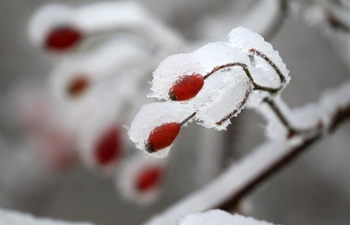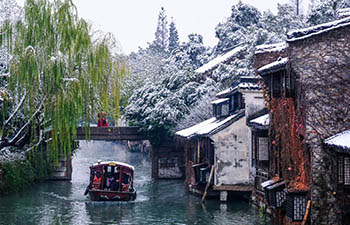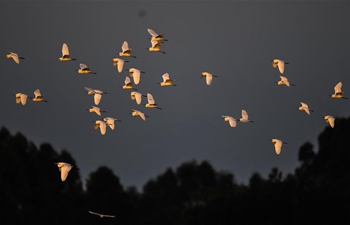KATHMANDU, Dec. 11 (Xinhua) -- Around 100 Nepali doctors, health professionals, researchers and students gathered in Kathmandu on Tuesday to learn about the Chinese traditional medicine, particularly acupuncture and moxibustion.
A special event was organized by China Academy of Medical Sciences in coordination with China Cultural Center in Nepal to introduce various aspects of the traditional medical science to the Nepali health professionals and students.
On the occasion, Chinese researcher Rong Peijing, who is the deputy director at Institute of Acupuncture-Moxibustion in China Academy of Medical Sciences, delivered presentation focusing on acupuncture including its history, innovation, treatment methods and latest study finding.
"Traditional Chinese medicine believes that human body works closely with nature and surrounding. Acupuncture is a branch of same medicine which is a tried and tested healthcare system that has been practiced for thousands of years in China and the East," Rong said.
The researcher highlighted that acupuncture is the stimulation of specific points through penetration of the skin with needles which aims to correct imbalances in the flow of qi, a concept of energy through energy channels.
Addressing the session, Nepali medical professionals spoke highly of the Chinese traditional medicine, especially for countries where modern medical science is expensive.
Dr K.K. Rai, Chief Advisor to Nepal's Deputy Prime Minister and Health Minister Upendra Yadav, said, "The Chinese traditional medical science has been used for thousands of years. It has been a continuous process and being passed from one generation to another generation. It is suitable for the country like Nepal, where health expenditure is too high."
Dr Rai further shared that modern medical science is not accessible to all people and has many side-effects. "The Chinese traditional medicine is the best alternative to the public," he added.
Built on a foundation of more than 2,000 years of practice, the Chinese medicine includes various forms of herbal medicine, acupuncture, massage, cupping, exercises and psychological therapy.
On the occasion, Chinese researchers also demonstrated some acupuncture methods, which greatly amazed participants.
According to health professionals, acupuncture has been a popular therapy in Nepal in recent times, as people adopt this treatment especially for joint pains and paralysis, among others.
Chaitanya Kumar Manandhar, who runs an acupuncture clinic in Kathmandu, told Xinhua: "In the past, people had fear of needles. But now, they have strong trust and are more comfortable in acupuncture treatment. It is highly effective to resolve health problems."

